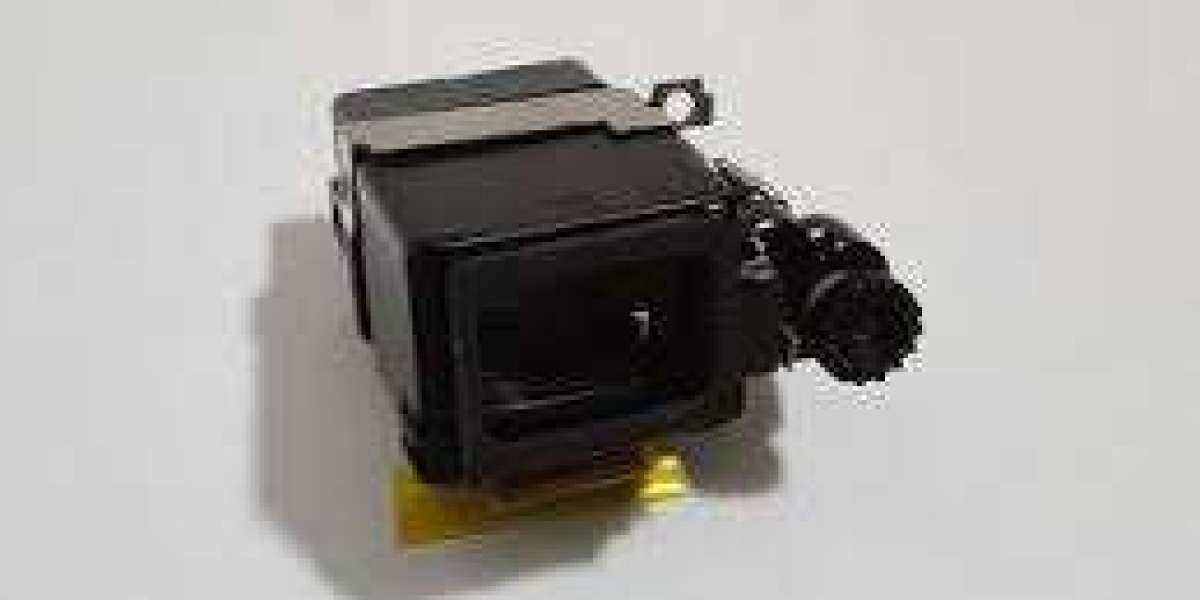In the age of digital imaging and augmented reality, clarity and real-time feedback are critical. Whether you're capturing moments with a high-end digital camera or experiencing immersive visuals in a wearable display, the technology behind your viewfinder makes all the difference. Enter the EVF optical module—a compact yet powerful optical component designed to enhance visual accuracy and user experience in electronic viewfinders (EVFs).
As photography, videography, and smart optics continue to evolve, the EVF optical module has become essential for delivering bright, crisp, and lag-free images through digital screens.
What is an EVF Optical Module?
An EVF optical module (Electronic Viewfinder Optical Module) is an integrated optical system used in digital cameras, AR/VR headsets, and other electronic imaging devices. Its purpose is to transmit and magnify the image from a microdisplay (such as an OLED or LCOS panel) directly into the user's eye, providing a clear and responsive visual interface.
This module typically includes:
Micro-display (OLED or LCD)
Aspheric lenses for image magnification
Eye relief optics
Collimating and focusing elements
Its design ensures minimal distortion, high contrast, and real-time visual output, allowing users to see exactly what the sensor sees.
For premium, precision-engineered EVF optical modules designed for AR/VR and camera systems, AR/VR Optical offers industry-grade solutions.
Key Components and How It Works
An EVF optical module works by projecting a digital image from a micro-display through a lens system that enlarges and aligns it with the user's field of view. This enables users to preview the composition, exposure, focus, and real-time changes in settings—much like looking through an optical viewfinder, but with more information and flexibility.
The optical design ensures:
Sharp focus across the field
Minimal optical aberrations
Comfortable eye relief
Consistent brightness and clarity
Some advanced EVF modules also integrate diopter adjustments and automatic brightness controls to adapt to lighting conditions.
Applications of EVF Optical Modules
1. Digital Cameras and Camcorders
Professional and enthusiast photographers rely on EVFs to compose shots accurately, even in bright environments where LCD screens might be hard to see. EVF modules offer real-time exposure preview, aiding faster and more confident shooting.
2. Augmented and Virtual Reality Devices
In AR/VR systems, EVF modules help deliver immersive experiences by accurately relaying visual content from the display panel to the eyes with minimal lag and distortion.
3. Smart Optical Devices
Smart glasses and head-mounted displays for industrial, medical, and consumer applications use compact EVF modules for displaying information in real-time, hands-free.
For a wide range of modern AR/VR device components, including the EVF optical module, explore the solutions available at AR/VR Optical.
Advantages of Using EVF Optical Modules
Real-Time Feedback: See what the sensor sees with zero lag.
Compact Design: Lightweight and space-efficient—perfect for portable devices.
Brightness and Contrast: Superior visibility in both indoor and outdoor conditions.
User Customization: Features like diopter adjustment improve comfort and usability.
Information Overlay: EVFs can display extra data (histograms, focus peaking, etc.) directly in the viewfinder.
These advantages make EVF optical modules essential in both consumer and professional optical systems.
Future Trends in EVF Technology
With the rise of mirrorless cameras and wearable tech, the demand for high-resolution, low-latency EVFs continues to grow. Manufacturers are investing in smaller yet more powerful modules that support 4K micro-displays, adaptive brightness, and eye-tracking technologies.
EVF modules are also being integrated into next-gen AR/VR devices, enabling hybrid reality experiences with minimal hardware bulk.
Conclusion
The EVF optical module is more than just a digital viewfinder—it’s a precision tool enabling clearer, faster, and more immersive visual experiences. Whether in professional cameras or smart headsets, these modules bridge the gap between display and perception with accuracy and comfort.
As digital imaging and AR/VR continue to evolve, EVF modules will remain at the forefront of innovation, helping users stay focused on what matters most—clarity, control, and creativity.



